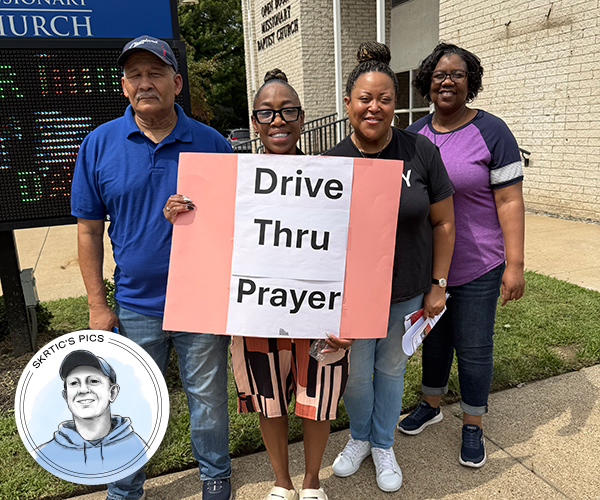From outside Lake View Cemetery's two imposing gates, it's easy to be awed by the darkened tower of the James A. Garfield Memorial, the mausoleums and obelisks that peak through its forest of trees or the massive bluestone retaining wall leading down into Little Italy.
Yet inside is more than stone and earth, markers and memorials. Like the paths that connect John D. Rockefeller's obelisk to Alfred Lerner's mausoleum, Cleveland's history winds through these grounds. It lives here.
In 1869, the city was booming. Its population had doubled during the decade to 92,829, which resulted in Woodland Cemetery — one of the city's main graveyards at the time — being overtaken by sprawl on all sides. A group of the city's elite, led by industrialist and philanthropist Jeptha H. Wade — a one-time itinerant painter and lover of the outdoors — wanted to establish a rural, parklike cemetery as a final resting place.
"Despite having all this money, Wade would apparently take his lunch to work every day," says Holly Witchey, director of the Wade Project at the Western Reserve Historical Society. "He liked growing roses, and he loved the outdoors."
The Lake View Cemetery Association acquired 211 acres outside the city's limits in East Cleveland Township in 1869, and brought in celebrated landscape designer Adolph Strauch to lay out Lake View's winding paved roads and carefully placed trees.
By July 1874, the cemetery was a destination. The streetcar track was extended down Euclid Avenue, leaving Lake View's gates a short walk away. In 1890, the Garfield Memorial was built, further cementing Lake View's status as a monumental place.
Today, the cemetery's leadership aims to break the perception that Lake View is full or only for the privileged few. But its place alongside Cleveland's cultural institutions is on firm ground.



